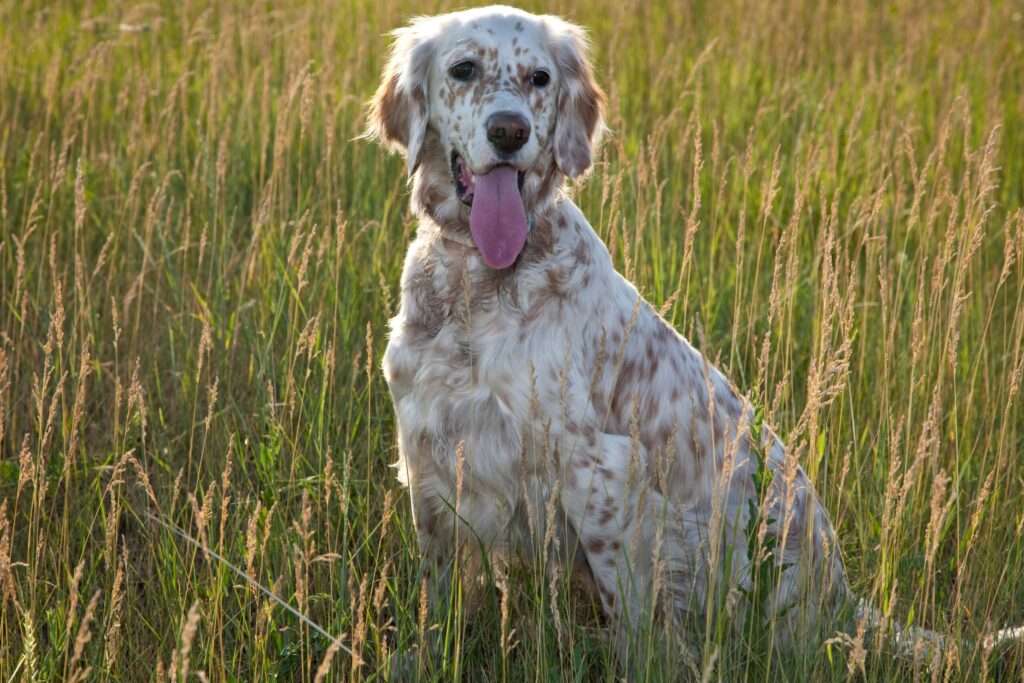
Among dog breeds, the English Setter is a medium-sized one. The red Irish Setter, Irish Red and White Setter, and black-and-tan Gordon Setter are all members of the setter breed.
Morphology
The body coat, which is mostly white, is medium length and has long, silky fringes on the tail, under the belly, and the backs of the legs. The various hue variations of the coat’s color flecks are referred to as Belton. The main body coat has a smooth feel, lies flat, and is short to medium in length. Long, silky coat that forms fringes on the outside of the ears, neck, chest, along the backs of the front legs, under the belly, and on the rear legs is sometimes referred to as “feathering.” Long coat with feathering on the tail. The body coat and feathering should be flat, straight, and never curly, however they might have a small wave.
Care as a Pet/ In Captivity
Setters are ideally suited to living in a home where they will have company for the majority of the day because they thrive in social situations. Even if they are just left alone for a short time, you should continue work on making them feel comfortable to help avoid separation anxiety. They require ordinary maintenance, paying slightly greater focus to their feathery features.
Grooming
English setters for grooming shed at a modest rate. They benefit from a thorough weekly brushing to maintain the condition of their coat and avoid the formation of any tangles, mats, or knots in their thick plumage. You could want to trim your English setter’s feathery areas or the area around its ears.

Exercise
Make sure your English setter exercises regularly and in a reasonable amount. Usually, a daily session of an hour, split into two 30-minute segments, is sufficient. They don’t need as much exercise as some of the other gun dog breeds, but when they do, make it a rigorous session, preferably off-leash in a secure and enclosed area. They are lively and can make excellent hiking companions.
They can also excel in dog sports competitions such as agility and, thanks to their excellent noses, scent work trials, thanks to their strong intelligence and athleticism.
Feeding
Avoid giving mature and senior English Setters wheat, soy, and maize since they may have food sensitivities. Maintain a consistent supply of omega-3 fatty acids and proteins like chicken, beef, and lamb in their diet. Keep an eye on your consumption as well; elderly English Setters put on weight more quickly than young ones do owing to inactivity.
Table





